Journey Through Hawaiʻi Volcanoes National Park, Hawaii’s HI
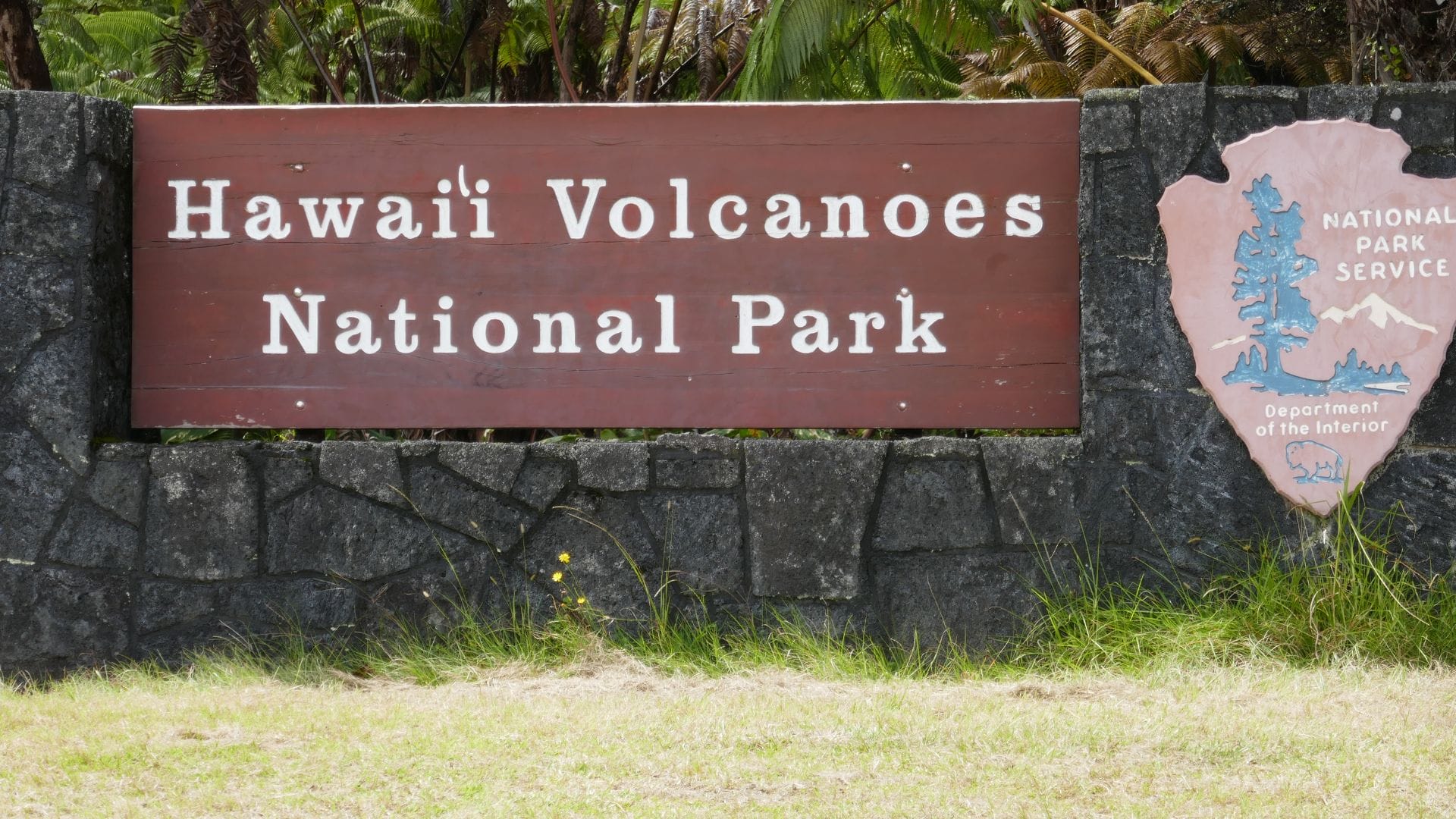

Aloha! | E Komo Mai
At Hawaiʻi Volcanoes National Park, you’re not just stepping into a park; you’re stepping back in time. To an era when lava bubbled up from beneath, sculpting a rugged landscape with its fiery touch.
A visit here unveils ancient Hawaiian traditions intertwined with the land and lets you grasp the dynamic nature of Kīlauea through expert insights. This article will guide you through these amazing landscapes, always keeping safety as our top priority. If you prefer less crowded spots, the Kahuku Unit may be your speed.
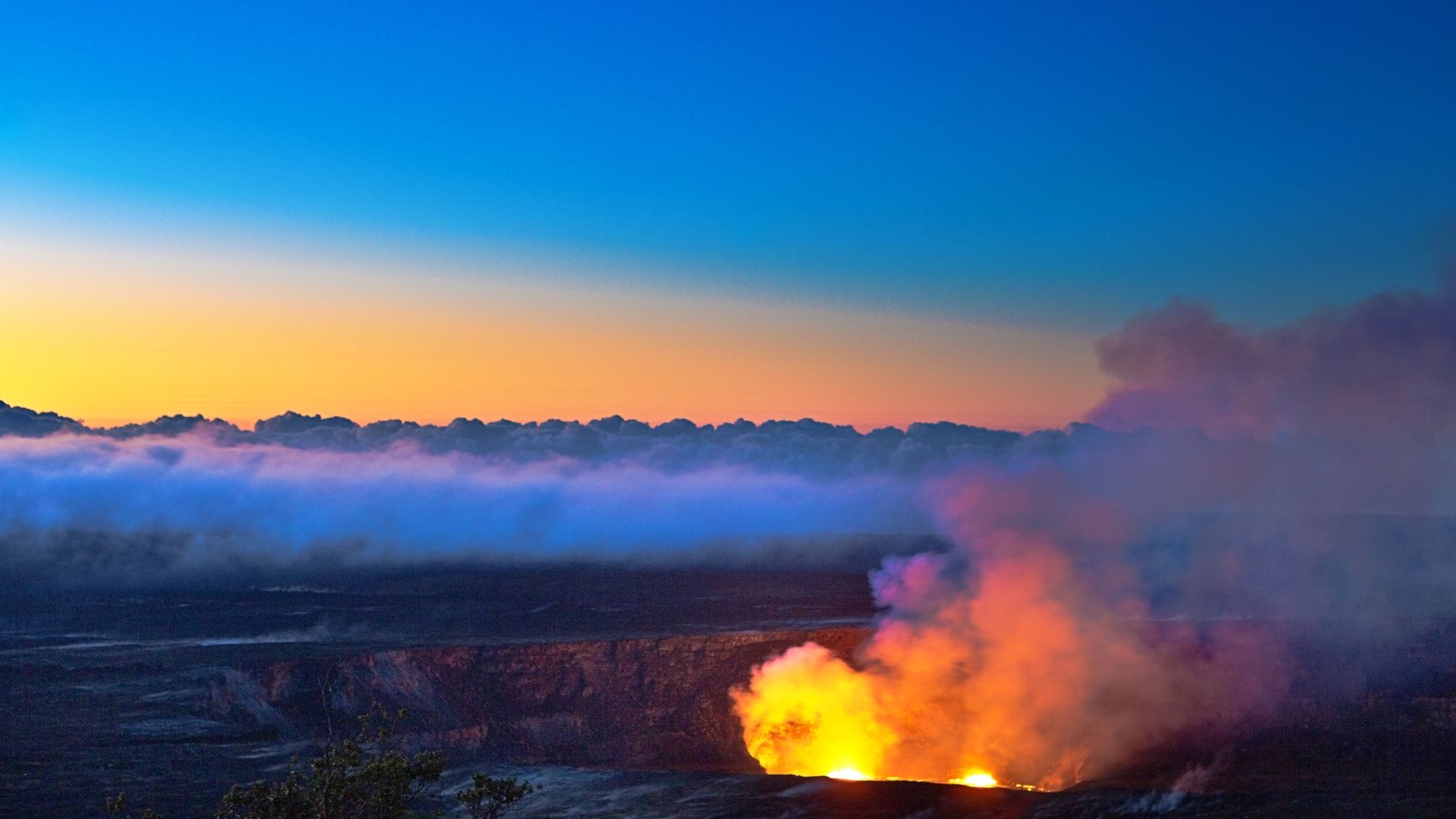
Exploring the Wonders of Hawaiʻi Volcanoes National Park
Known for its unique geological, biological, and cultural landscapes that make up Hawaiʻi Volcanoes National Park, a designated International Biosphere Reserve and UNESCO World Heritage Site. This vast park stretches from sea level to 13,680 feet and encompasses the summits of two active volcanoes in Hawaii Big Island – Kīlauea.
Understanding the Dynamic Nature of Kīlauea
If you’re curious about these dynamic wonders called volcanoes on Hawaii island or want updates on their activity status at any given time while visiting Hawaiʻi Volcanoes National Park, help is just a click away. The U.S. Geological Survey Hawaiian Volcano Observatory provides insights into both Kīlauea’s continuous eruption since the 1980’s, as well as the the massive shield-forming Mauna Loa, which last erupted in 2022 but remains closely monitored for signs.
A Glimpse into Recent Eruptions
The park has witnessed many notable eruptions over its history, including a recent six-day eruption back in September 2023. And luckily, visitors are able to witness the phenomenon that is responsible for the creation of land and the evolution of the island.
If a comfortable stay is what you’re looking for there are several nearby hotels with easy access to park trails and beautiful views

Key Takeaway:
Experience the awe-inspiring beauty of Hawaiʻi Volcanoes National Park, a treasure trove of geological and biological diversity. Explore its vast landscapes, from sea level to towering peaks, home to two active volcanoes – Kīlauea and Mauna Loa. Dive into recent eruptions history or enjoy comfortable accommodations near park trails while you’re discovering this magnificent location that effortlessly marries the raw power of nature with serene tranquility.

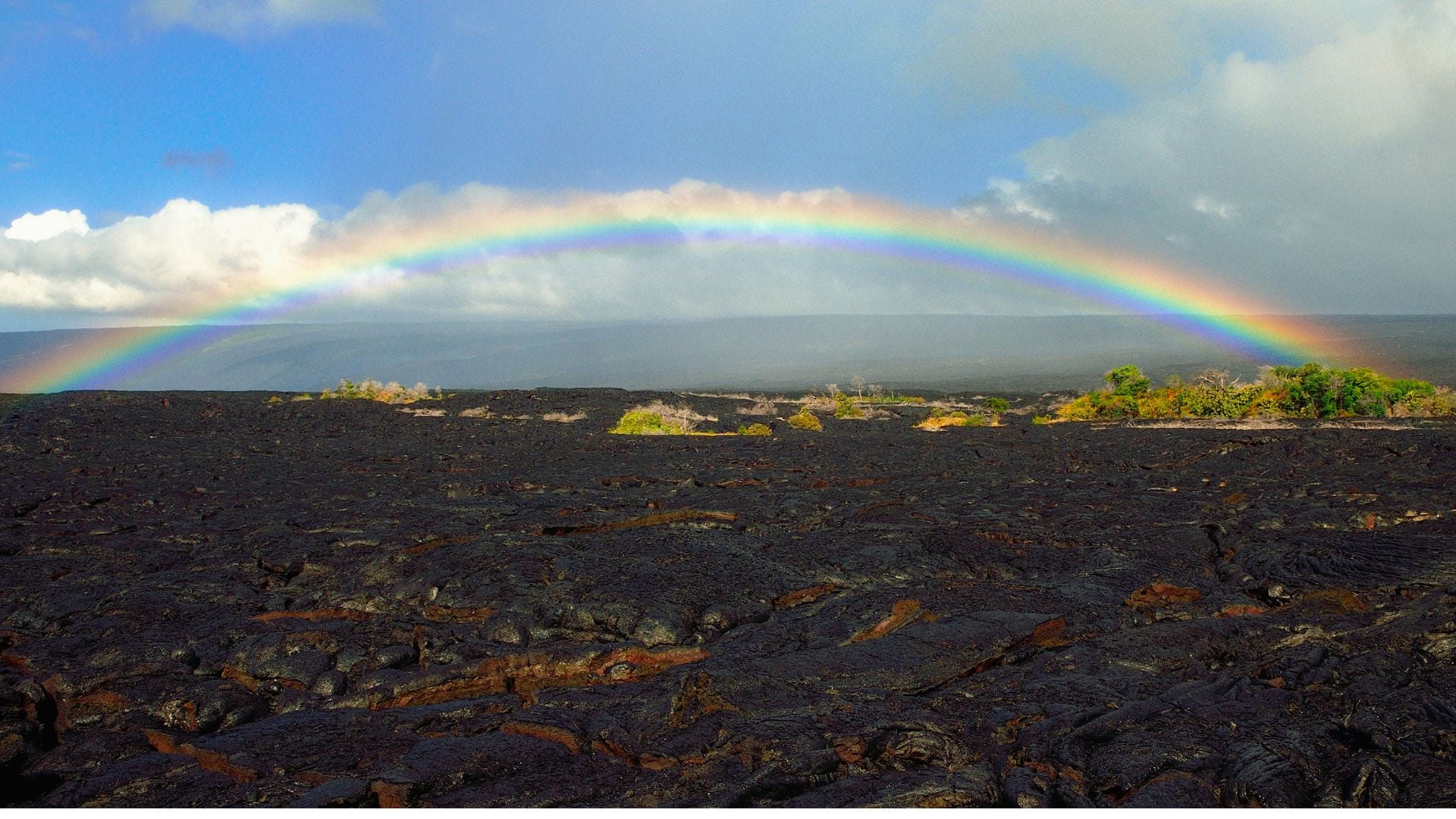
Cultural Significance of Hawaiʻi Volcanoes National Park
At the heart of Hawaii’s rich cultural history, you’ll find Hawaiʻi Volcanoes National Park. This land is more than just a geological hotspot, it holds deep significance in Hawaiian history.
Unraveling Stories Behind A Place's Name
The summit region of Kīlauea volcano, nestled within the park, carries with it stories from generations past. Every name on this land isn’t just a label but tells tales that are integral to understanding Hawaii’s cultural fabric.
An interactive story map on place names, available online, allows us to explore these narratives right from our homes. You’d be amazed how much we can learn about the culture and history through Ancient Hawaiian’s eyes by delving into these place names – each holding stories passed down through centuries.
Embracing Hawaiian Cultural Practices
Hawaiian traditions are alive at Hawai’i Volcanoes National Park. Authentic practices aren’t merely relics stored behind museum glass but an ongoing rhythm woven into everyday life here.
This park is uniquely special – what makes it so, is the connection Native Hawaiian have to their ancestral lands, remaining unbroken even today.
Note: One such area rich in heritage is the Kahuku Unit. Located within the district of Ka’ū (a one-hour drive from the Kīlauea Visitor Center), boasting an interesting history of ranching alongside its deep roots in Hawaiian traditions.
At Hawai’i Volcanoes National Park, it is easy to experience a juxtaposition of nature’s strength and human perseveration. Allowing tradition to thrive amidst constant change – reminding us that culture is more than preservation, it’s adaptation.
Serving as a bridge between ancient wisdom and modern understandings – making it apart of Hawaii’s living heritage.

Key Takeaway:
Hawaiʻi Volcanoes National Park is a treasure trove of Hawaiian culture and history, not just a geological wonder. The park’s place names tell fascinating tales from the past, and traditional practices continue to thrive in everyday life here. It embodies the perfect blend of nature’s might with human resilience – truly Hawaii’s living heritage.

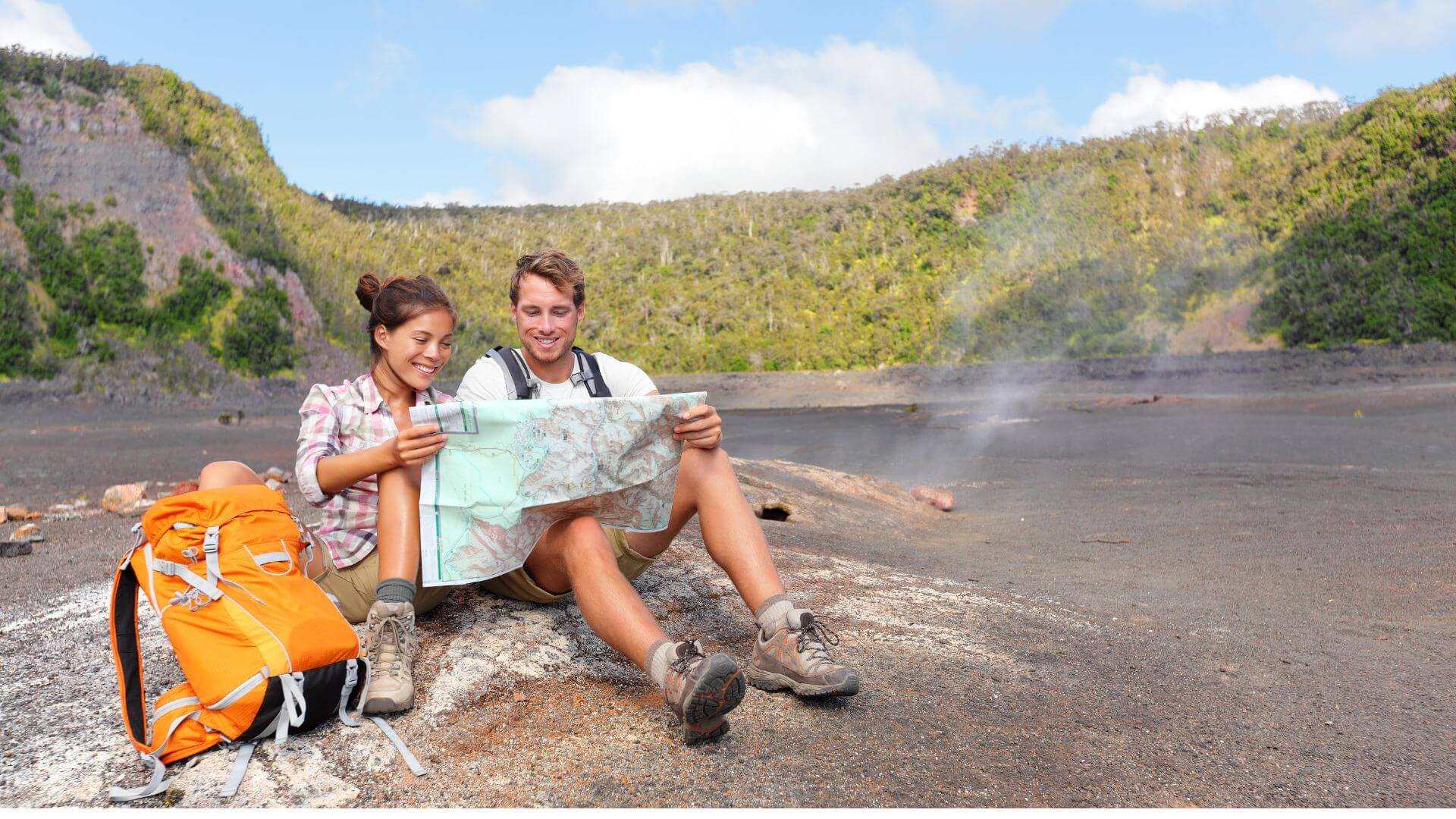
Planning Your Visit to Hawaiʻi Volcanoes National Park
In deciding to visit Hawai’i Volcanoes National park, the first thing on your checklist should be understanding the current conditions of the park. You don’t want any surprises upon arrival.
Leveraging the National Park Service App
To stay informed about everything from trail status to weather updates, make sure to download and use the National Park Service app. This app will act as a personal guide in your pocket – perfect for self-guided tours across Big Island national park landscapes.
Besides general alerts, it offers valuable insights into Hawai’i Volcanoes National Park attractions as well as important details such as parking spots near popular sites. The busy season can see long waits and congestion so being aware of less crowded alternatives like Kahuku Unit could save you time and hassle.
Taking the Pono Pledge
Moving on, have you heard about the Pono Pledge?
This isn’t just another formality but an expression of respect towards Hawaiian culture and land. By taking this pledge, visitors promise not only to protect these beautiful lands but also appreciate their cultural significance.
“I will mindfully seek wonder without wandering.”
This line from the pledge sums up our approach towards exploring while ensuring minimal impact on delicate ecosystems.
Keeping in mind to always follow the rules and guidelines of each site whether you choose to spend time in Volcano National Park or venture out to state recreation areas – it’s part of what makes us responsible travelers.
Navigating Transportation Options
Keep in mind that it’s essential to plan your routes carefully. Exploring the immense volcanic region of Hawaii’s Big Island or just finding your way around a park requires some pre-planning for success.

Key Takeaway:
Enjoy the beauty of the park, but also make sure to respect its rules and regulations. Keep in mind that safety should always come first – so stay on marked trails and heed any warnings or advisories. By doing this, you’ll not only ensure a memorable trip for yourself but also help preserve Hawaiʻi Volcanoes National Park for future generations.

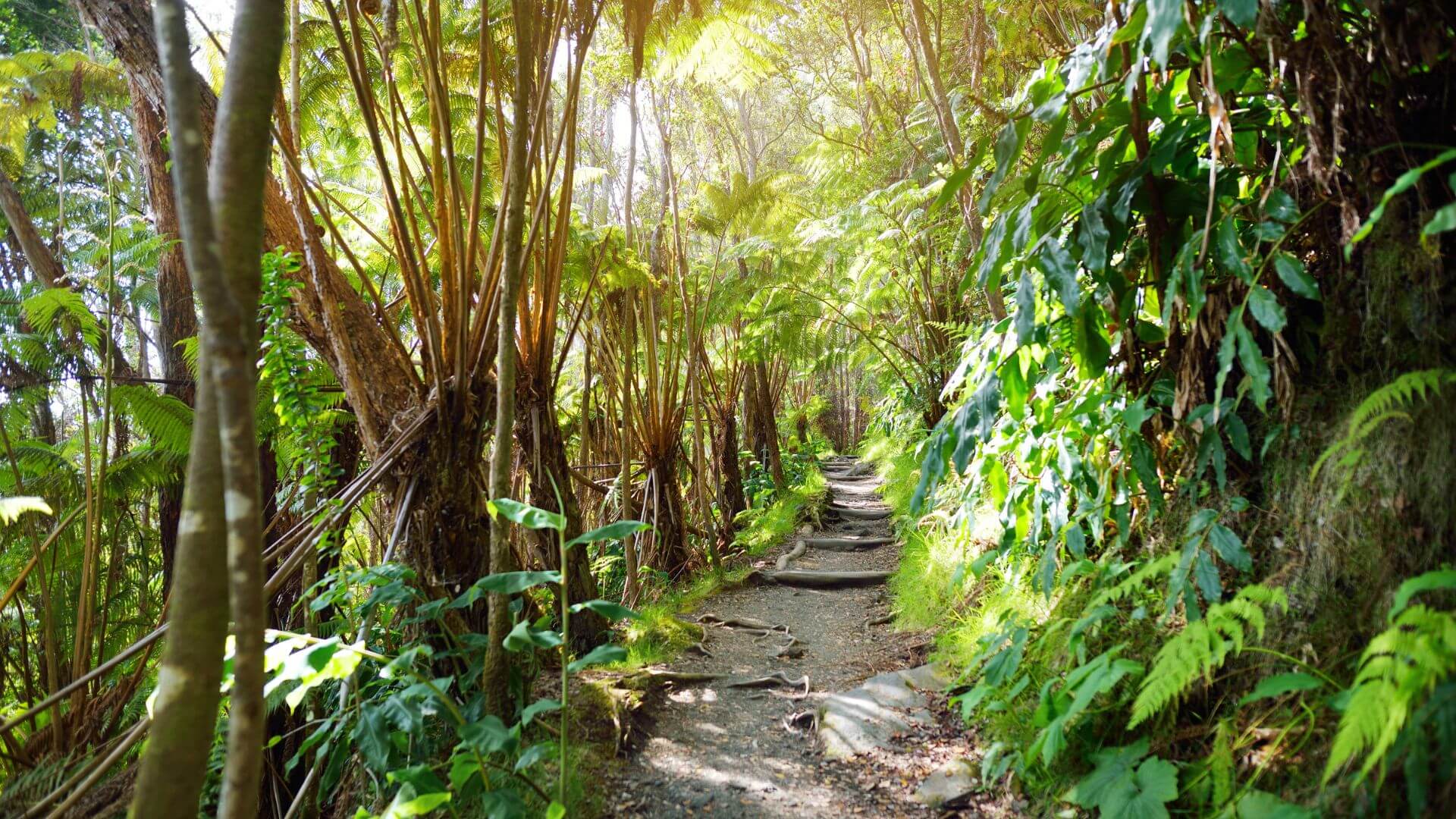
Safety Measures at Hawaiʻi Volcanoes National Park
When exploring the vast landscapes of Hawai’i Volcanoes National Park, safety is paramount. From respecting the park’s natural resources to adhering to other safety guidelines, here are a few key measures in place.
Navigating the Terrain Safely
The grandeur of Hawaii Volcanoes National Park HI can be awe-inspiring but also hazardous if you’re not careful. Trails often traverse uneven ground and volcanic surfaces that demand your attention. To ensure your safe exploration, it’s crucial to stay on designated trails.
Hawaii Big Island volcanoes are a special phenomenon, yet venturing too close or going off-path could put you at risk from unstable ground or sudden steam emissions. Sticking to marked routes will help protect both you and this precious ecosystem.
COVID-19 Precautions in Place
In response to the global pandemic, extra precautions have been implemented across all facilities within Hawaii Volcanoes National Park. Regular cleaning procedures have been enhanced while visitor centers and other enclosed spaces enforce capacity limits for social distancing purposes.
Masks must be worn indoors regardless of vaccination status following federal mandates for all national parks. When outdoors, masks should still be used when maintaining physical distance isn’t feasible – let’s keep each other safe.
Respecting Wildlife Distances
A diverse range of wildlife calls this park home – from nēnē (Hawaiian geese) roaming freely near active craters to unique bird species found nowhere else on Earth. It’s tempting to get closer for that perfect photo opportunity; however, respect their space by keeping a reasonable distance. It’s all about appreciating the beauty of these creatures in their natural habitat, not disrupting it. Keeping in mind that Hawai’i has several endangered species, some that live within this national park, it is important as to not stress the local ecology or the animals.
Prepare for Changing Weather Conditions
Hawaii Volcanoes National Park weather can be unpredictable, changing rapidly from sunny to rainy conditions. So, come prepared. Dressing in layers and carrying a waterproof jacket will help you stay comfortable throughout your visit. It would also prove useful to bring plenty of water and proper footwear, this will keep you hydrated on hiking trails while also ensuring no unwanted injuries or soreness come about.
The Hawaii Volcano National Park is a place that gives loads of pleasure and tranquility to numerous individuals.

Key Takeaway:
Exploring the breathtaking Hawai’i Volcanoes National Park requires a balance of thrill and safety. Keep to marked trails when traversing volcanic landscapes, respect wildlife by maintaining distance, and adapt to changing weather conditions with appropriate attire. Remember that COVID-19 precautions are in place for everyone’s wellbeing – let’s cherish this natural wonder responsibly.

The Kahuku Unit – A Less Crowded Alternative at Hawai'i Volcanoes National Park
Looking for a less crowded experience at Hawaiʻi Volcanoes National Park? Meet the Kahuku Unit. This hidden gem is tucked away on the southern flanks of Mauna Loa, offering visitors an intimate and uncrowded alternative to exploring the wonders of Hawaii’s active volcanoes.
This lesser-known part of Hawaiʻi Volcanoes National Park stretches over 116,000 acres. But it’s not just about size. The area showcases spectacular natural features and tells fascinating stories about Hawaiian traditions and ranching history.
A Unique Landscape with Rich History
Kahuku unit is home to some stunning geological formations created by eruptions from Mauna Loa—the world’s largest volcano. As you hike through its trails, you’ll come across unique lava flows and cinder cones that paint a vivid picture of this land’s dynamic past.
You won’t only find current volcanic activity here though. Kahuku has deep roots in both Hawaiian culture and ranching heritage. This spot used to be part of a vast cattle ranch, one of the largest in the US. Producing beef and hides for over 100 years.
Nature Trails for Everyone
No matter your fitness level or interest—be it bird watching, hiking or soaking up local lore—Kahuku offers something for everyone. It boasts several walking tracks ranging from easy strolls like Palm Trail—a beautiful path weaving through pastures—to more challenging hikes such as Pu‘u o Lokuana Trail which takes you up a grassy cinder cone with panoramic views.
Educational Opportunities Abound
Beyond just sightseeing, Kahuku is a great place to learn. It regularly hosts ranger-led programs that let you delve into everything from the geology of Hawaii’s volcanoes to local flora and fauna.
To sweeten the pot, visiting the Kahulu Unit makes your experience at Hawaiʻi Volcanoes National Park even better because entrance is free.

Key Takeaway:
Looking for a quieter, less-trodden path through Hawaiʻi Volcanoes National Park? Discover the Kahuku Unit. This under-the-radar gem on Mauna Loa’s southern slopes gives you an uncrowded journey through Hawaii’s volcanic wonders. With stunning geological formations and rich cultural and ranching history, it offers trails suitable for everyone, regardless of their fitness level.

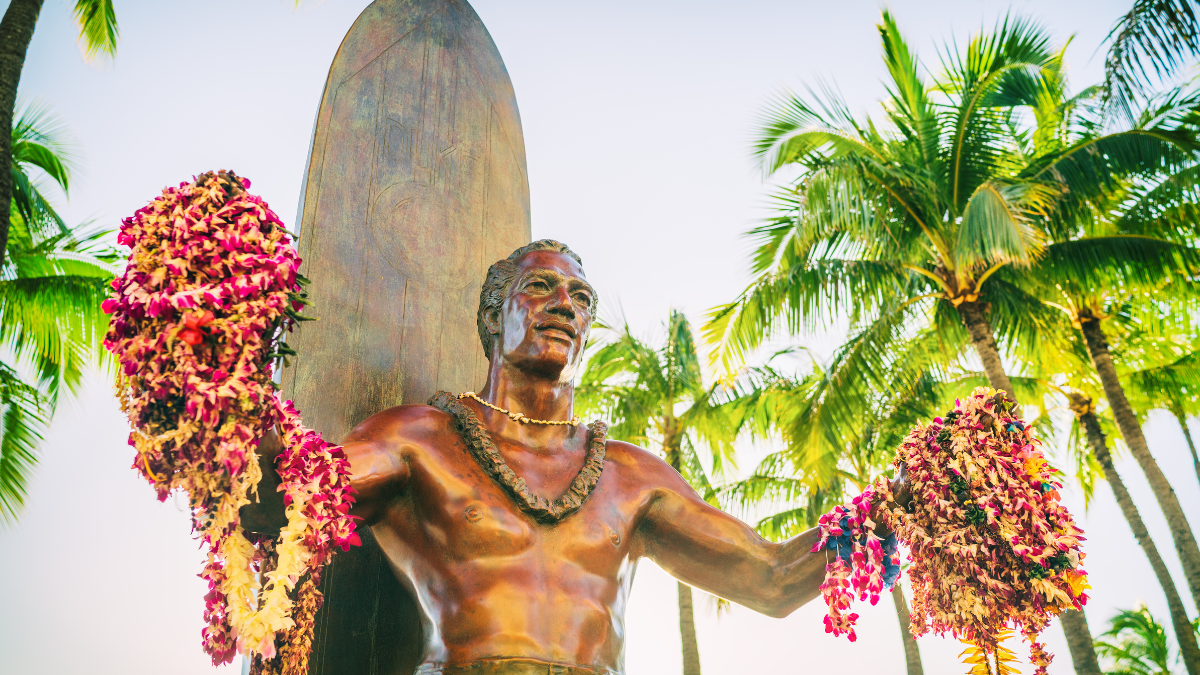
Conclusion:
In unveiling the secrets of Hawaiʻi Volcanoes National Park, you were able to explore Kīlauea and Mauna Loa – two of Earth’s most active volcanoes. Touched on their recent eruptions, and delved into their fascinating geology.
You learned how this land isn’t just about stunning landscapes; it’s deeply rooted in Hawaiian traditions too. The names etched onto places here aren’t mere labels but stories waiting to be unraveled.
We guided you through planning your visit: using apps for self-guided tours, taking the Pono pledge out of respect. And if crowds aren’t your thing? We introduced Kahuku Unit – a less crowded alternative with its own unique charm.
But remember: safety is paramount. Stick to designated trails and maintain social distancing protocols as you embark on this extraordinary adventure!
Frequently Asked Questions
Can you see lava at Hawaii Volcanoes National Park?
You can, but it’s not always a sure thing. Lava viewing depends on the current volcanic activity which changes frequently.
What is special about the Hawaii Volcanoes National Park?
The park houses two of the world’s most active volcanoes and showcases unique geological, biological, and cultural landscapes.
How long does it take to drive through Hawaii Volcanoes National Park?
A round trip drive in the park could be completed in 2-4 hours depending on stops for sightseeing or hiking.
How long does it take to hike Hawaii Volcanoes National Park?
Hiking times vary widely based on trail choice and personal pace. Short hikes might take an hour while longer ones may require several hours.
Share:
